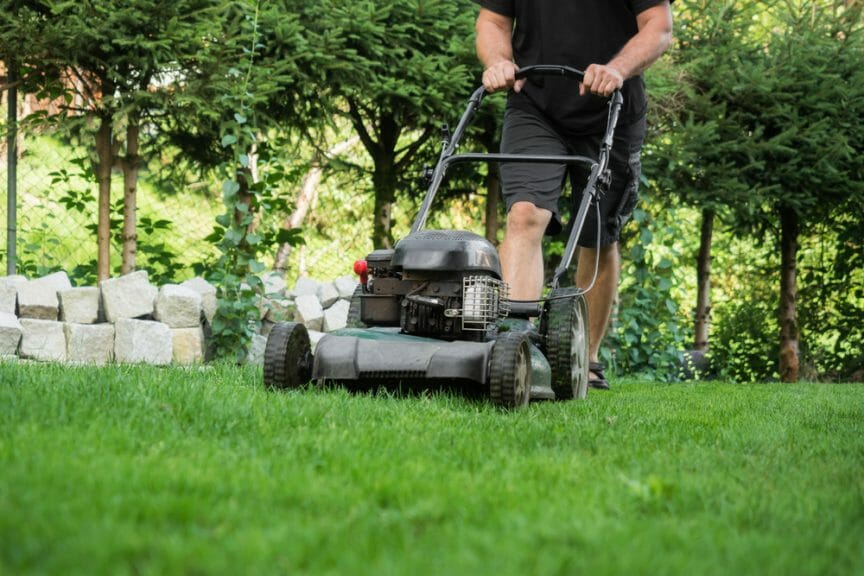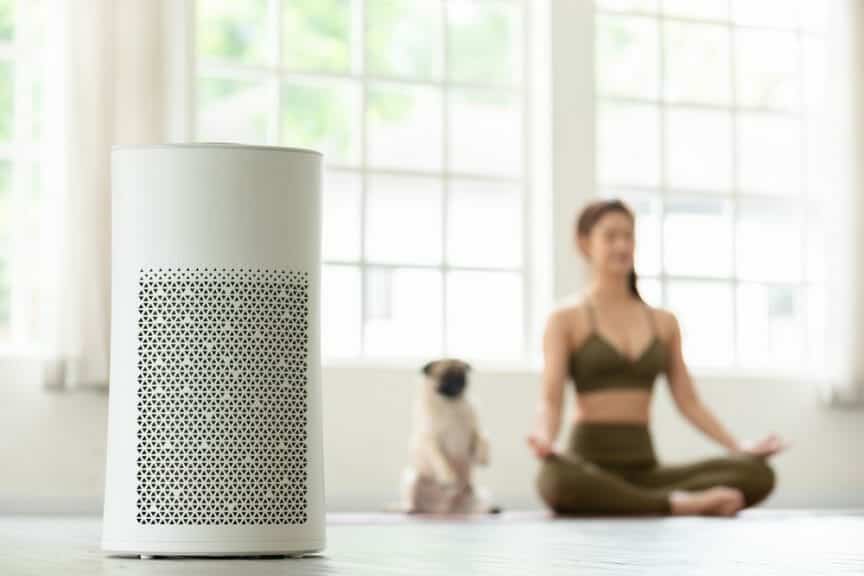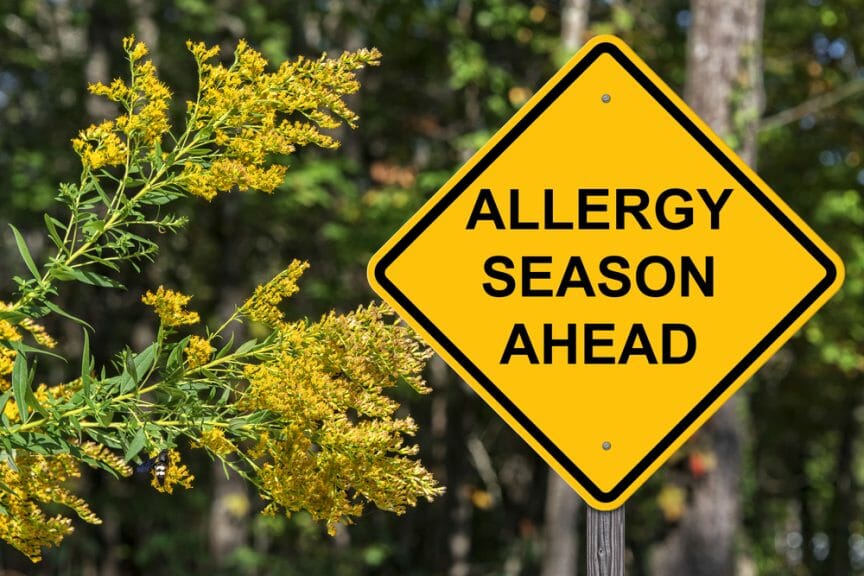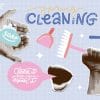One of the first things we’re taught as children is “April showers bring May flowers.” Across the Northern Hemisphere, the middle of April brings a wash of rainy days, warm winds, and the inevitable bloom of trees, flowers, and houseplants everywhere. This paints nations that were once frostbitten a beautiful coat of vibrant green, but it also ushers in a less-inviting color: yellow.
Pollen is one of the hallmarks of Spring, but itchy eyes, sneezing, and congestion are the scourge of the warmer months. While allergies – also called Hay Fever or Allergic Rhinitis – can seem inescapable, don’t switch to artificial plants just yet. In this article, we’ll be taking you through some tips for keeping your allergies under control while still taking full advantage of the Spring season.
1. Track Local Pollen Counts

While cable news may have fallen to the wayside in popular media, it is still a great method for learning about local weather. Whereas iPhones, apps, and websites are limited by internet connection, detail, and update speed, cable news channels operate directly from a satellite, bringing rapid results of temperature, humidity, traffic, and pollen levels.
Pollen counts are typically the highest in the mornings and on very windy days. As such, try and avoid stepping outside during these hours, and be sure to start taking any allergy medications before your symptoms start. Planning is one of the best ways to ensure you don’t spend your days sniffling through life, and with news outlets offering easy access to information, pollen counts are readily available.
2. Cut Your Grass Short

As any teenager forced to cut the grass on a Saturday knows, yard work isn’t often the first choice of springtime activity. Yet, yard work is necessary for keeping our blooming lawns and flowerbeds from getting out of control, which is particularly challenging during allergy season.
According to the Asthma and Allergy Foundation of America, the longer your grass grows, the more pollen it produces. It also prompts the growth of weeds that would otherwise be dormant, which further increases pollen counts. Two inches is the recommended length for grass during allergy season, and the more strict the maintenance the more effective the method.
Luckily, there are many ways to remain protected from allergens during the the process. Long sleeves, head scarves, and Kn-95 masks go a long way in filtering out particulates that could aggravate allergy symptoms.
3. Wash Clothes After Going Outside

While this may seem like common sense, the thought of laundry piling up is particularly daunting for many people with busy schedules. Even so, the simple act of changing clothes drastically limits exposure to allergens, especially if the outfit swap is followed by a long, soapy shower.
It’s important to brush off the fur of any pets too, because we’re not the only ones bringing in a lot of pollen!
4. Air Filters

Air circulation is the perfect way to dislodge dust and pollen. The easiest way to combat allergy season is to do what you already do when it’s warm: turn on the air conditioner! This tip works for both cars and homes, and the better the filter maintenance, the better pollen prevention.
Devices such as dehumidifiers and High-Efficiency Particulate Air (HEPA) filters can also bring a bit of extra protection to a bedroom or home office. Stores such as Walmart, Home Depot, and Lowes sell both of these products for affordable prices, and according to the Children’s Health and Wellness Library, they are particularly effective for children.
5. Keep Windows Closed

If you’re a college student like me, it’s hard to resist driving down the highway with the music cranked up and the windows rolled down. Particularly at the beginning of summer, when you’ve just survived finals week and are ready to hit the road, the temptation to let the pollen take over is overpowering. However, by keeping the windows shut, you can maintain the effective air control that filtration systems offer and keep the allergens from following you home.
6. Over-the-Counter Medication

This isn’t a shock. Pharmacies offer dozens of over-the-counter drugs to relieve the allergy symptoms of itchy eyes, congestion, sneezing, and a runny nose.
Allergists can prescribe shots to eliminate these irritants, but there are plenty of other nonprescription methods available. Oral antihistamines such as Zyrtec, Allegra, and Claritin offer a blanket remedy for most allergy symptoms. Nasal sprays such as Flonase and Nasacort effectively improve nasal symptoms such as congestion, mucus, and even itching. Lastly, many allergists also recommend an oral decongestant such as Sudafed to relieve pressure in the nasal cavity.
It is best to speak to a medical provider to find out which option is most effective for you, but the benefits of over-the-counter drugs are invaluable.
7. Home Remedies

Allergies have been around for all of human history. On account of this, there are many creative home remedies for minimizing your allergy symptoms without ever seeing a doctor. For example, Bromelain is an enzyme commonly found in pineapples and papayas that reduces swelling during allergic reactions. Not only this, but all-natural honey is a very popular remedy for allergic symptoms.
According to Dr. Josh Axe, founder of Ancient Nutrition, eating honey from localized sources is effective because the nutrients in the compound retain their proximity to the pollen on the bees that produced them, which allows your senses to adjust through exposure. Many people have gotten creative with their honey recipes on social media, and they often combine the natural product with ginger to produce teas, salves, and even infused blends. For example, this recipe for “Aller-Tea” calls for apple cider vinegar and nettle mixture to craft a sweet, allergy-beating honey concoction.
Allergies are part of the world we live in. Luckily, through strategy, medicine, and boosts from nature, we can make sure that allergies don’t take over our worlds, one warm season at a time.














